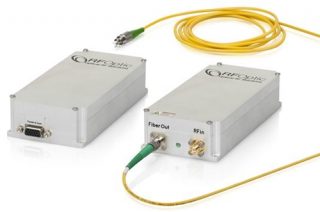 At the request of customers, RFOptic has now launched 12GHz, 18GHz, 20GHz, 30GHz, and 40GHz RF over Fiber links that have an ultra-low spurious level of less than -95dBm. This means that RFOptic’s MiniQ RFoF series provide spurious-free dynamic range (SFDR) better than -112dB/Hz. Spurious RFoF solutions are essential in order to mix non-harmonic spurious signals with the input RF signals at the output of the RFoF link. The spurious signals increase the Probability of False Alarm (PFA) and Minimum Detection Signal level (MDS) for EW and RADAR systems and degrade the Adjacent Channel Power Ratio (ACPR) in communication systems.
At the request of customers, RFOptic has now launched 12GHz, 18GHz, 20GHz, 30GHz, and 40GHz RF over Fiber links that have an ultra-low spurious level of less than -95dBm. This means that RFOptic’s MiniQ RFoF series provide spurious-free dynamic range (SFDR) better than -112dB/Hz. Spurious RFoF solutions are essential in order to mix non-harmonic spurious signals with the input RF signals at the output of the RFoF link. The spurious signals increase the Probability of False Alarm (PFA) and Minimum Detection Signal level (MDS) for EW and RADAR systems and degrade the Adjacent Channel Power Ratio (ACPR) in communication systems.
On a technical level, achieving extremely low spurious levels is a major challenge, particularly in small and tight RFoF modules where power consumption must be kept as low as possible. Many applications can only be supported by a design that achieves low spurious levels across extremes of the RFoF link bandwidth. Applications such as Optical Delay Lines, used in many RADAR test ranges, require ultra-low spurious to test and optimize extremely sensitive systems.
Thanks to the efforts of RFOptic’s R&D department, the new offering will achieve this critical parameter, which opens the market for RADAR and EW as well as other applications.
In general, a high spurious-free dynamic range (SFDR) is desirable when multiple signals of very different power levels are expected to coexist. A high SFDR RFoF solution simplifies signal conditioning requirements that are required to separate true signals from the unwanted spurious. There are well-known techniques, which are intended to identify the spurious signals and null them including LO dither, adjustable ALC, and power range stepping.
However, these techniques complicate the extraction of the real signals of interest and require extra signal processing, which now can be reduced or re-directed to deal with the real input signals rather than with artifacts of the RFoF link. During antenna, RADAR, or communications system testing, high SFDR is essential due to the typical large signal amplitude ratios between main and side lobes or between close and distant targets. The same applies to DF/ELINT systems, which have to handle strong jammers concurrent with weak signals of interest.
To learn more, click here or contact RFOptic at sales@rfoptic.customcode.co.il.


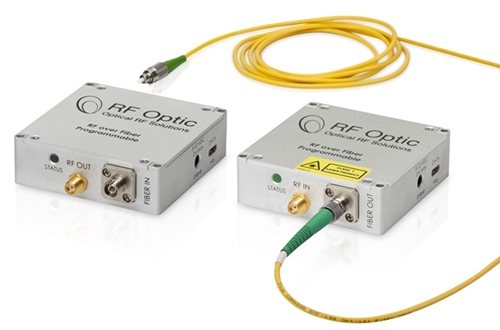
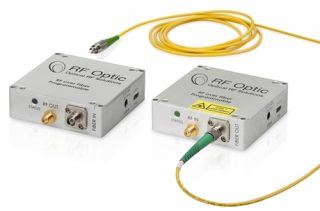

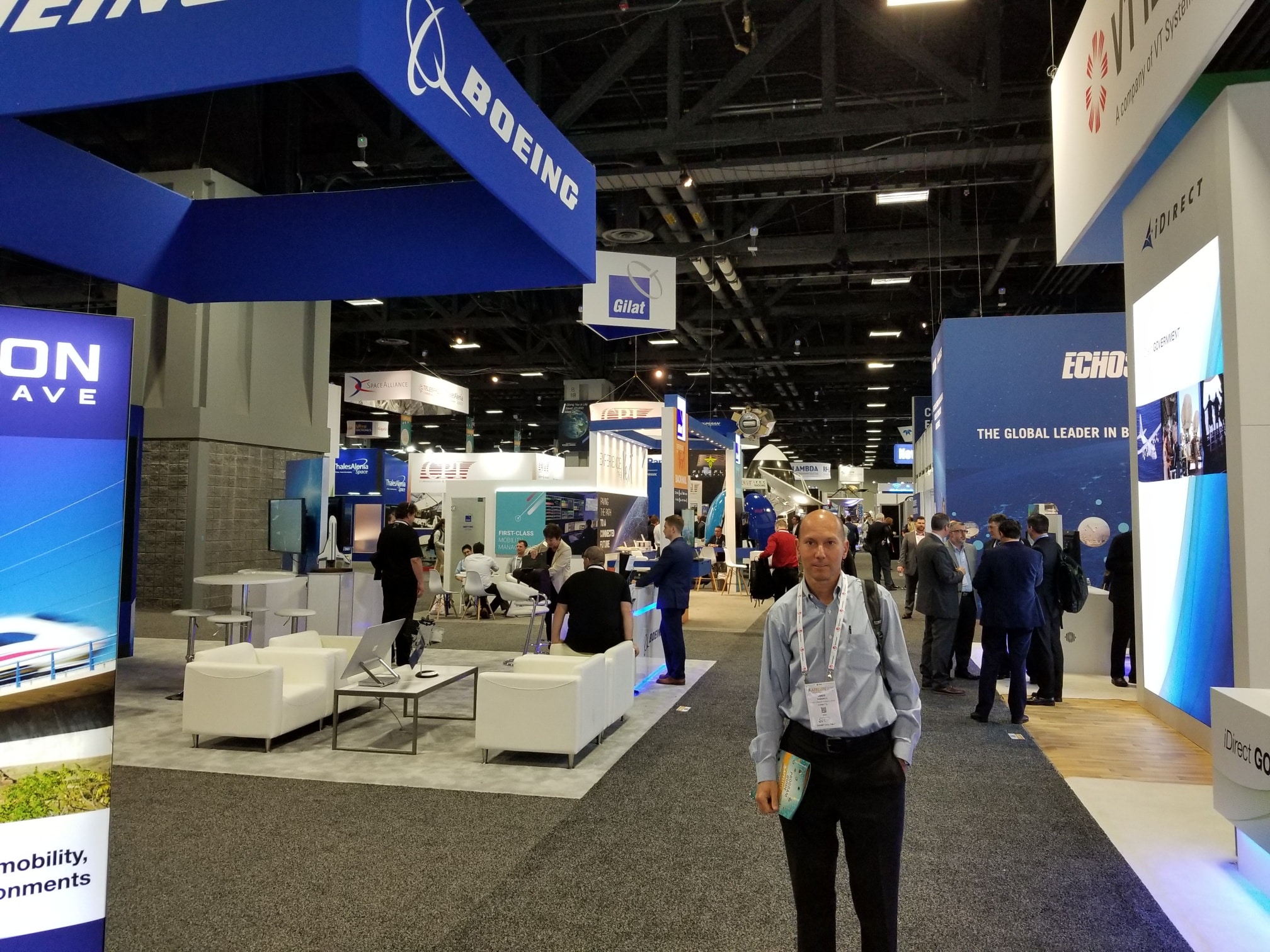



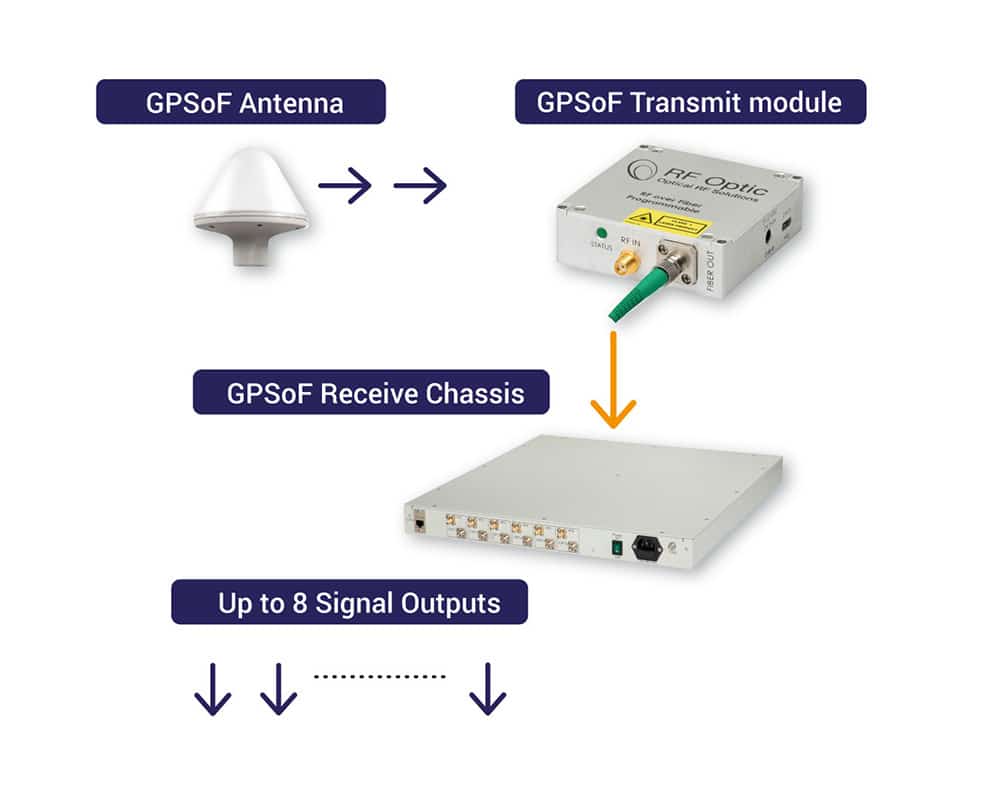
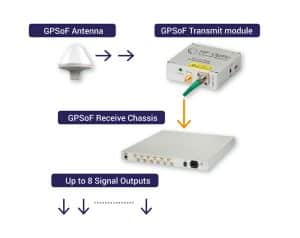 than a few kilometers which preclude the use of coax cable due to high loss. Minimal fiber infrastructure drives mobile companies to use the same infrastructure for GPS and digital signals using WDM technologies.
than a few kilometers which preclude the use of coax cable due to high loss. Minimal fiber infrastructure drives mobile companies to use the same infrastructure for GPS and digital signals using WDM technologies.